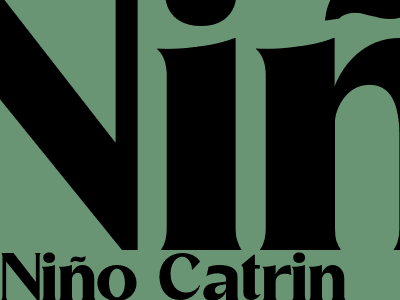
Niño Catrin: A Historical and Cultural Icon of Mexico
Origins and Significance
Niño Catrín, an iconic figure in Mexican culture, emerged during the Porfirian era (1876-1911). Its name derives from "catrín," a term used to describe a fashion-forward and elegant man. The Niño Catrín represents the upper-class dandy of this period, exuding opulence and sophistication.
Historically, the Niño Catrín symbolized the aspiration and modernity of the Mexican elite. It embodied the desire to embrace European fashion and cultural influences while maintaining a distinct Mexican identity.
Characteristics and Attire
Distinctive Appearance
The Niño Catrín is immediately recognizable by its striking appearance. Its elaborate costume comprises a wide-brimmed hat adorned with ribbons, a tailored suit in vibrant colors, and a decorative sash. The eyes are accentuated with dark and exaggerated makeup, adding an air of mystery and allure.
European Influences and Mexican Accents
While inspired by European fops, the Niño Catrín's attire incorporates distinctive Mexican elements. The colorful trajes de charro, traditional Mexican mariachi outfits, influence the suit's design. The wide-brimmed hat, known as a "sombrero," is a quintessential Mexican symbol.
Niño Catrín in Art and Literature
The Niño Catrín has become an enduring cultural symbol, inspiring countless artists, writers, and musicians. José Guadalupe Posada, renowned for his satirical prints, immortalized the figure in his iconic "La Calavera Catrina." This engraving portrays the Niño Catrín as a skull, a powerful symbol of Mexico's Day of the Dead festivities.
In literary works, the Niño Catrín is often depicted as a charming and enigmatic character. The renowned Mexican writer Mariano Azuela used the figure in his novel "Los de Abajo" to represent the excesses and superficiality of the Mexican elite during the Mexican Revolution.
Modern Interpretations and Legacy
Today, the Niño Catrín continues to captivate contemporary Mexican culture. It is celebrated as a symbol of national identity, appearing in art exhibitions, fashion shows, and cultural events. Modern interpretations explore the historical and cultural significance of the figure while creatively experimenting with its iconic attire.
Conclusion
Niño Catrín is an enduring icon of Mexican culture, embodying the country's history, artistry, and identity. Its origins in the Porfirian era reflect the nation's aspirations and modernization, while its distinctive attire and literary depictions have cemented its place in Mexican cultural heritage.